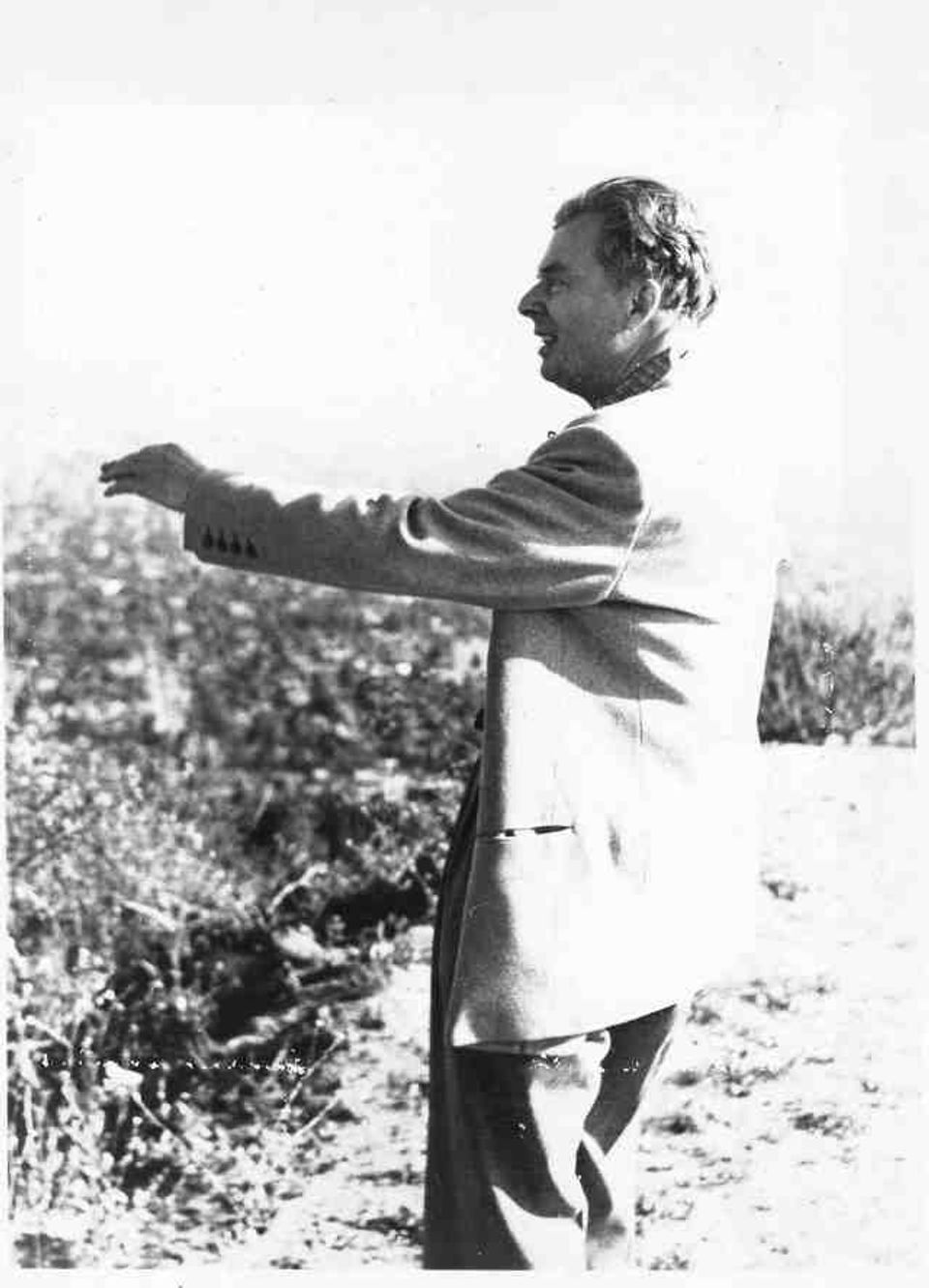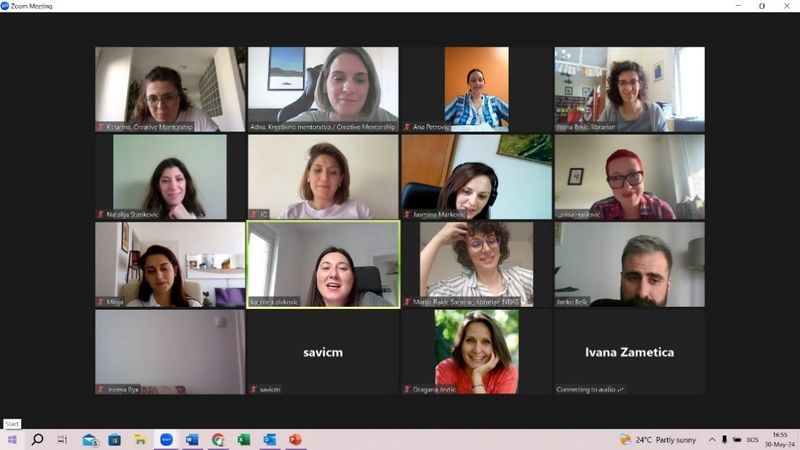MAPS 4 - Is Literature a Visual or an Aural Form of Art?
2024-05-08
The first source is Sigmund Freud, in a paper from 1908 called Creative Writers and Daydreaming:
“All literature is a form of wish fulfillment.”
The second source is the fictitious criminal mastermind and sociopath Hannibal Lecter from Jonathan Demme’s film The Silence of the Lambs: “We covet what we see”.
So, we read, and we write what we desire – and we desire what we see.
What we see – that literature is primarily associated with eyesight. We assume that literature is something that takes place on the printed page, something that makes use of the spatial possibilities that the page offers: reading, it is implied, is something we do with our eyes. Therefore, eyesight is considered the most trustworthy of our senses, holding the highest evidential value in courts – something seen is considered more reliable than something overheard – because we read with our eyes, and words hold more significance to us than the world they describe.
Nowadays, this scenario is changing. People increasingly read with their ears rather than their eyes, as audio books are taking over larger shares of the book market. This shift is often depicted as a crisis and a threat to the fundamental values of literature. The
specific qualities of literature, it is said, are lost in translation: what goes in through the ears is a diluted version of the text, purged of complications and intricacies.
Read the full article below.





